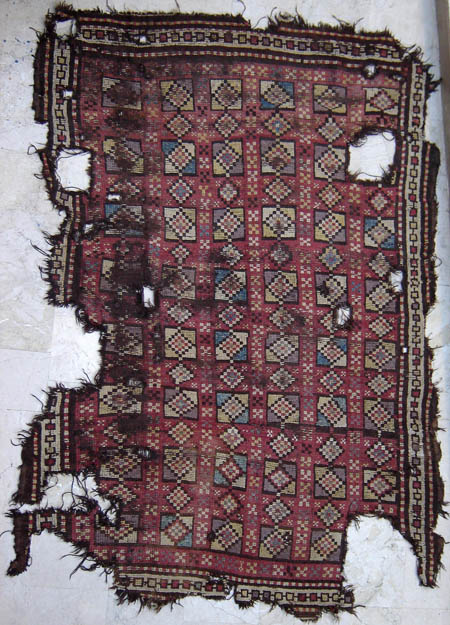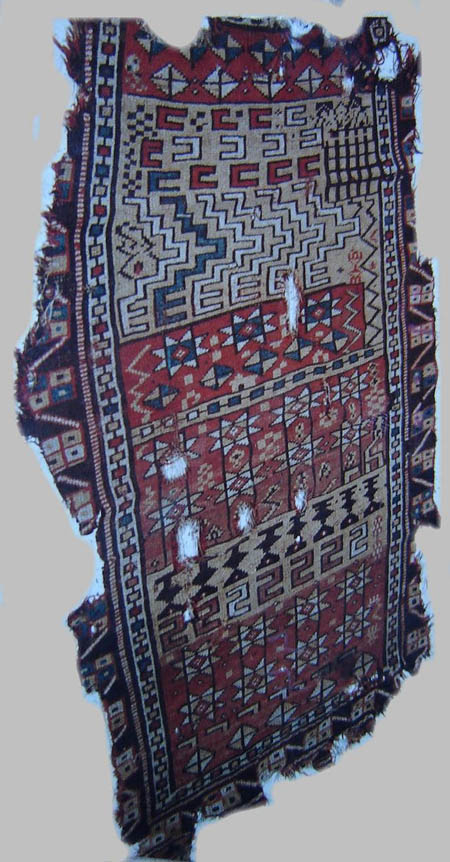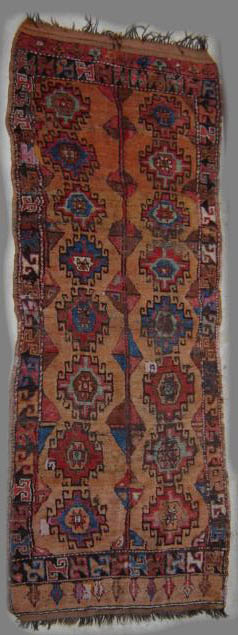Rugs from Ketenli (Calmanda)
Kentenli, formerly known as Calmanda, is 60 km (about 36 miles) southwest of Konya, near Asar Mountain. A mountain forest town with a population of 3750, Ketenli is known for its potatoes, mulberries and honey. The local people also raise sheep.

The town's history can be traced back to 7000 BC, when Neolithic hunter/gatherer people lived in caves in the area. Around 5000BC they left the caves and built terracotta homes in the first local villages and began farming and raising sheep. St. Paul's journey went through the area, and Greek and Roman ruins can still be found.

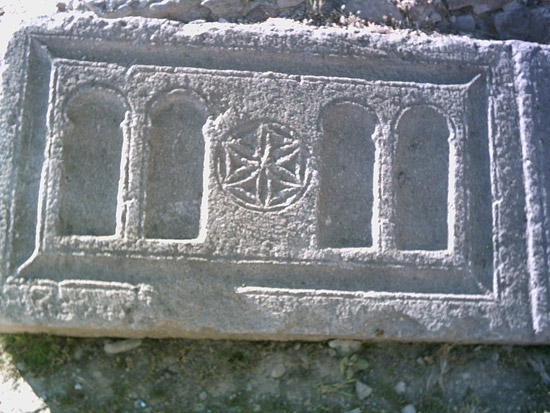
The first Turks in the region were the Horasan Seljuks, who built yurt (tent) villages. The town was part of the Konya Province of the Ottoman Empire until the creation of the Republic of Turkey.
The most popular rugs from the Ketenli area are yataks. A yatak is a bed or mat on which to sleep. The pile is usually more than 5 cm high, and the rugs have a heavy body and the coarse knotting typical of rugs from Turkish tribal villages. Some believe that they were copied from animal pelts. They are done with double Turkish knots (symmetrical), mostly wool pile on wool warp and weft. Because of their long pile, designs and motives are not seen as clearly from the front as from the back. Sizes are usualy about 120 x 180 cm (prayer size). The main design includes a central madallion with latchooks around it. Local weavers say that they only weave these rugs for their sons. It was traditional to be born and to die on the same yatak rug, and for the rug to be given to the mosque to carry the owner's soul to paradise. So yatak rugs are not only prayer rugs and sleeping rugs, whey are reincarnation rugs as well.
The question of the historical origin of the rugs is interesting. Have they been produced in the area since Neolithic times, or were they introduced by Horasan Turkmen? Here are some old Ketenli yataks; very few rugs are woven in the area today.


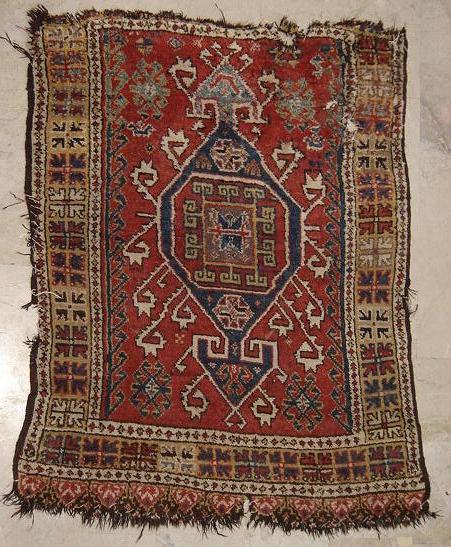

These two rugs are from Bertram Frauenknecht's collection. I am grateful to him for permission to include them here.


Rugs from Bozkir
Bozkir is a town 96 km (nearly 60 miles) south of Konya in the Toros Mountains. It is at an altitude of over 1000 meters, and there is a lot of snow there in the winter. The economy is based on agriculture (fruit production; mostly grapes, cherries and apples), raising bees for honey, and raising sheep.
The town dates back more than 5000 years, and there are still artificial hills from the Neolithic, Kalkheaolithic and early Bronze Ages. In the Greek and Roman period the town was called Isaura. Here are the ruins of a castle from this period.

The town was captured by Seljuk Turks in the 13th century, and has been part of the Province of Konya since then.
Like other towns of Konya, long pile yataks were produced in Bozkir, but the sizes are usually larger; typically around 150 x 250 cm. They are woven from sheep wool, sometimes mixed with goat wool, with very archaic and tribal patterns that differ from most other Konya rugs.
There are also Memling gul design rugs of the yellow Konya rug group. These have a main Memling gul design and a primitive border. Goat wool is used in some of them.
Kilims were also produced in Bozkir. They are similar to those from Mut, but with simpler motives. Goat wool is sometimes used along with the usual sheep's wool.
Finally, cicims similar to those producedd around Mut were also made in the Bozkir region.
I will add pages showing the weavings of other towns and villages in the Konya province.
